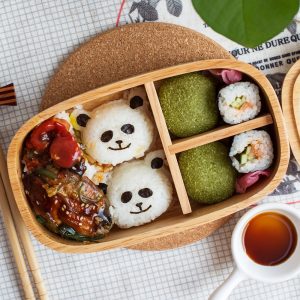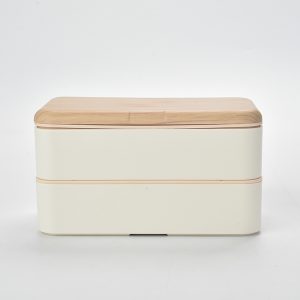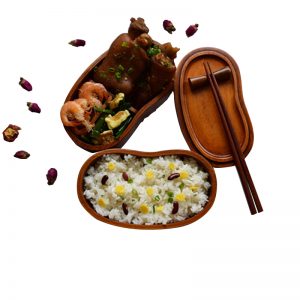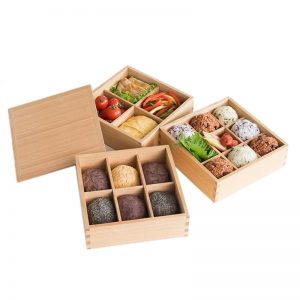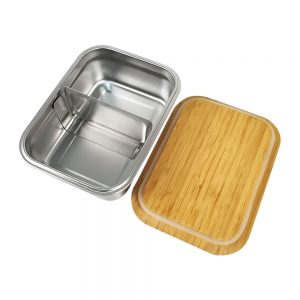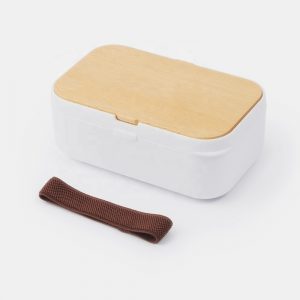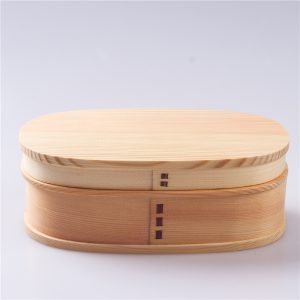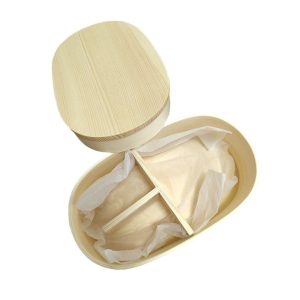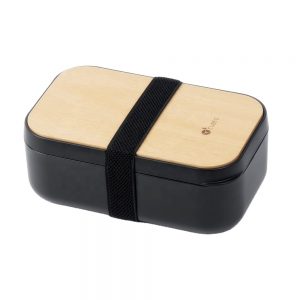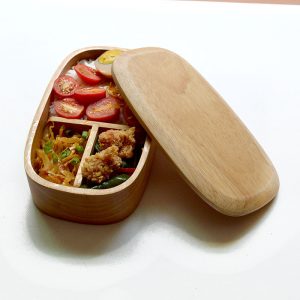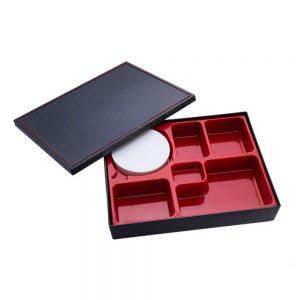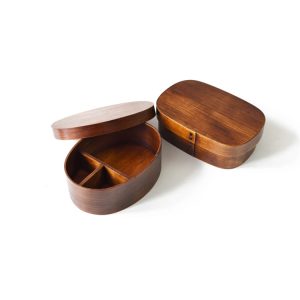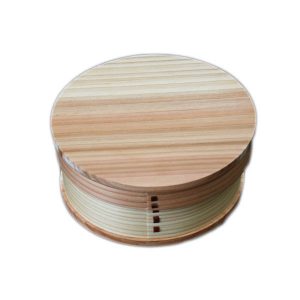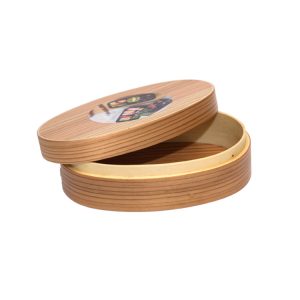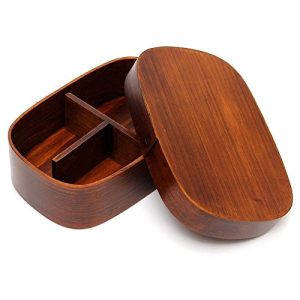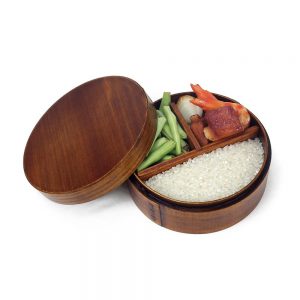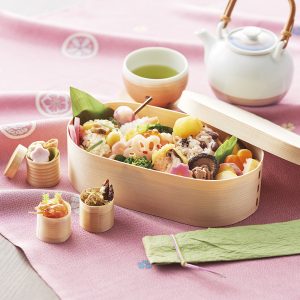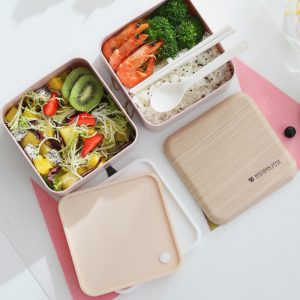The development history of lunch boxes
The predecessor of the lunch box is a food box, which is a large box that can be used to hold food, utensils, or other gifts. The food box is a large-scale food container used by people in the old days. With the development and changes of the times, it has completely faded out of the lives of today’s people and has become a collection in the antique market.
In ancient times, the gentry and celebrities went out to visit friends, or participated in the activities of poetry clubs and literary clubs, and enjoyed drinking and chatting with their best friends. They often prepared some food and fruit in advance as a snack to add to the excitement. In the early spring, literati husbands go out for outings, and they also bring food, wine, and food to prepare for a picnic. The food box is a long carrying box that specializes in holding food, wine, and vegetables, and is easy to carry and walk. It is made of wood, bamboo, enamel, lacquer, and other materials, and most of them are wood. In particular, red sandalwood, huanghuali, wenge, rosewood, and other hardwoods with fine texture and smooth color are firm and tough. The food box made is resistant to bumps and has a certain weight. It is not easy to slosh when picking or lifting. In addition, the furniture in ancient times was mostly mortise and tenon structure, and hardwood has unique advantages in splicing and production. The exquisite hardwood food box not only can be drip-proof but also can make full use of the inherent texture and color of the wood in appearance, giving people a sense of elegance and dignity, which is both beautiful and practical.
Lunch boxes evolved from food boxes. With the historical development of society, the functions of food boxes in people’s lives have been replaced by lighter lunch boxes.
